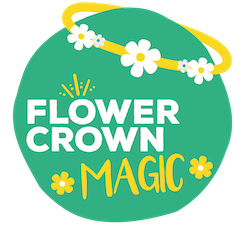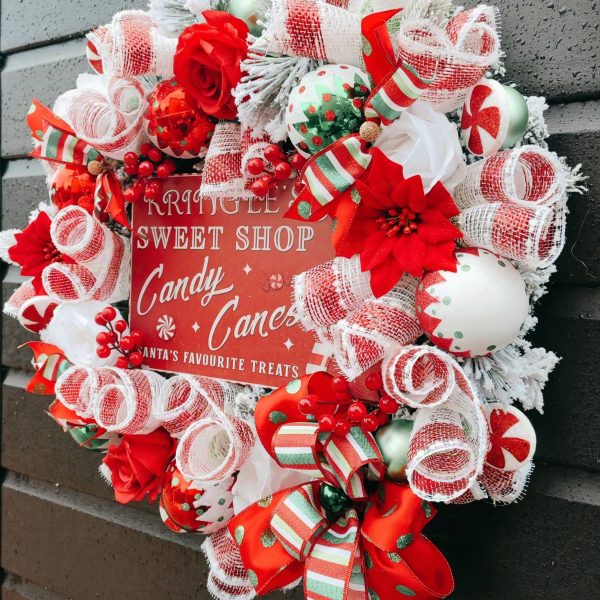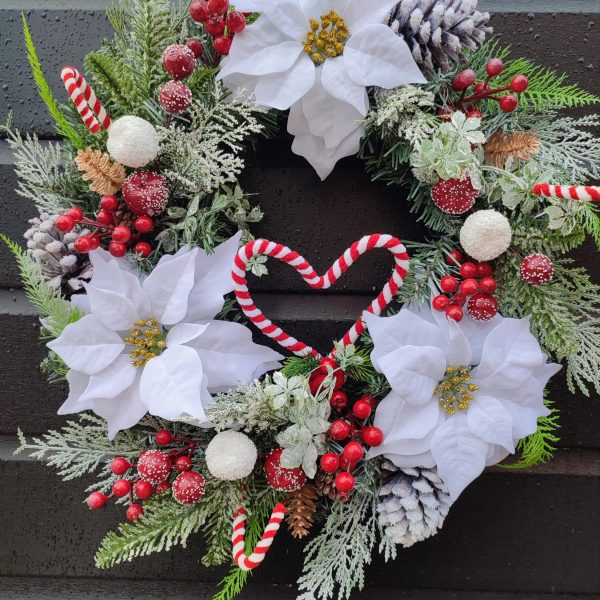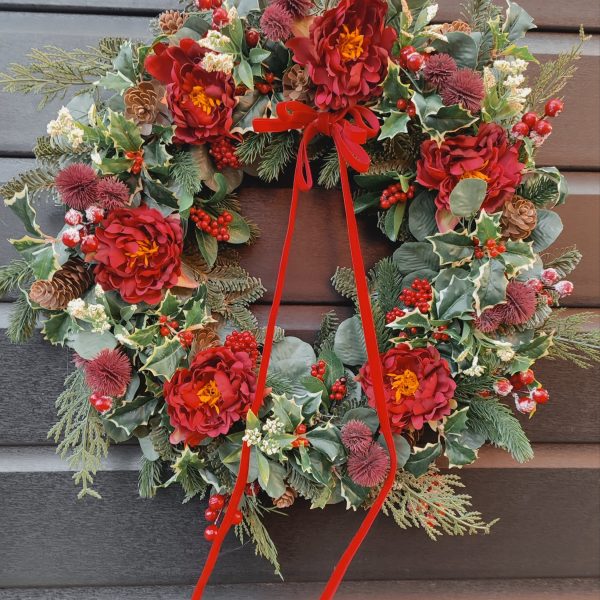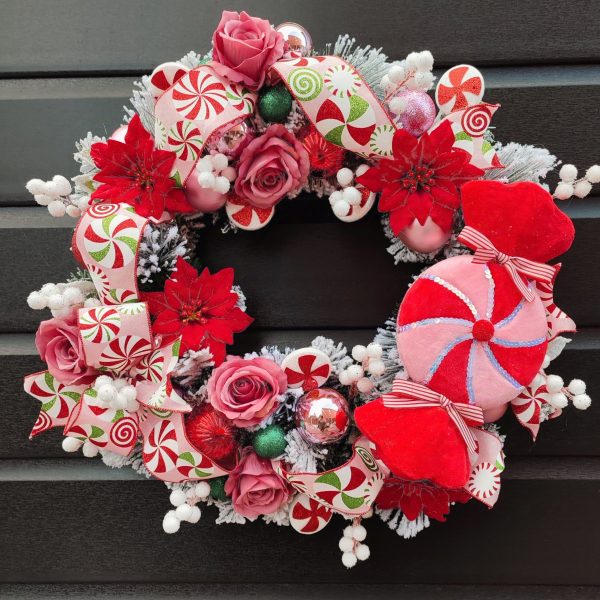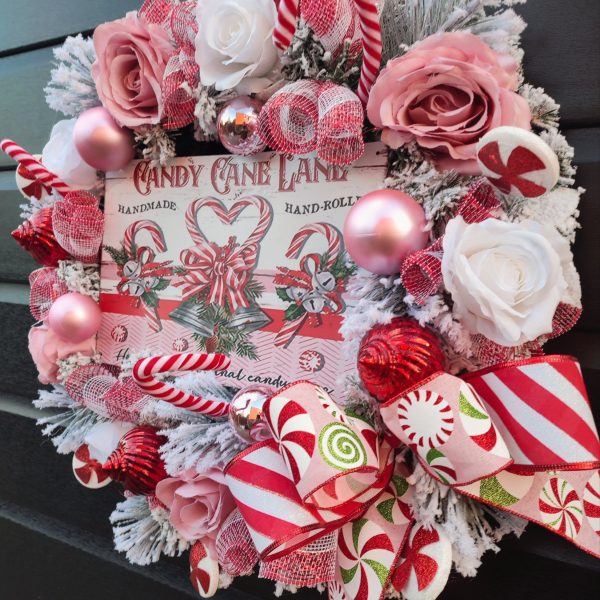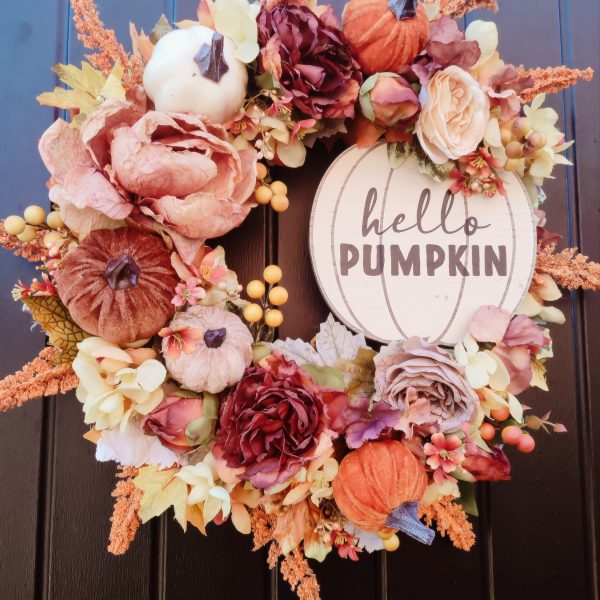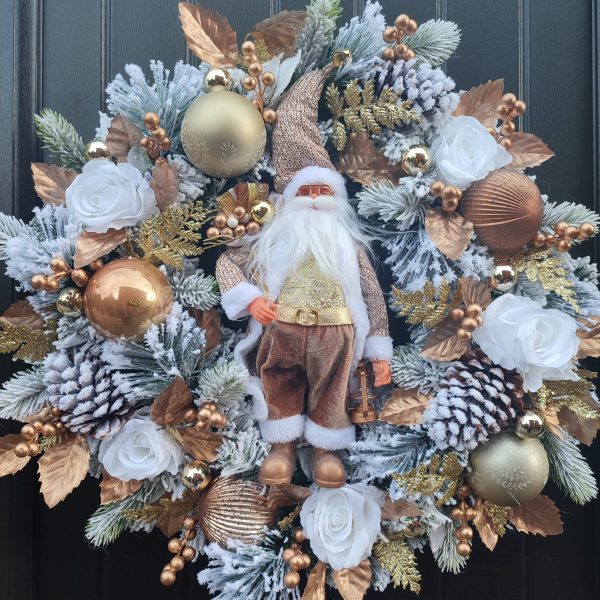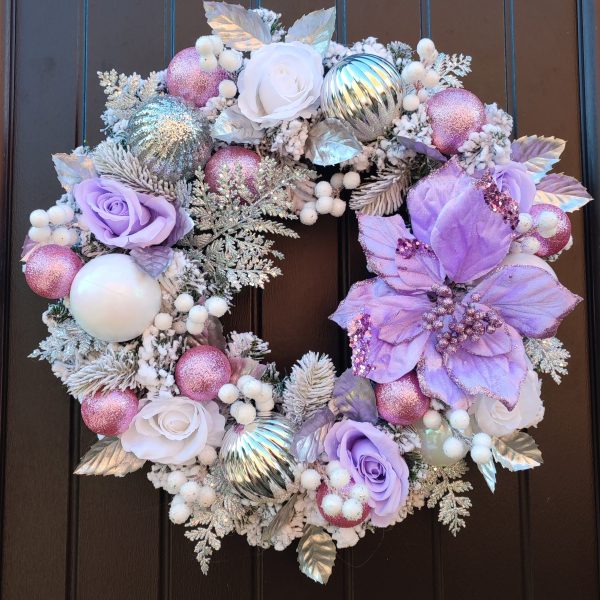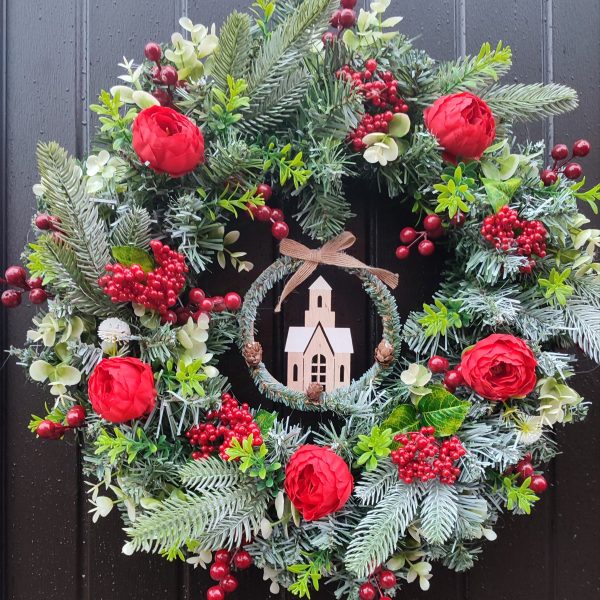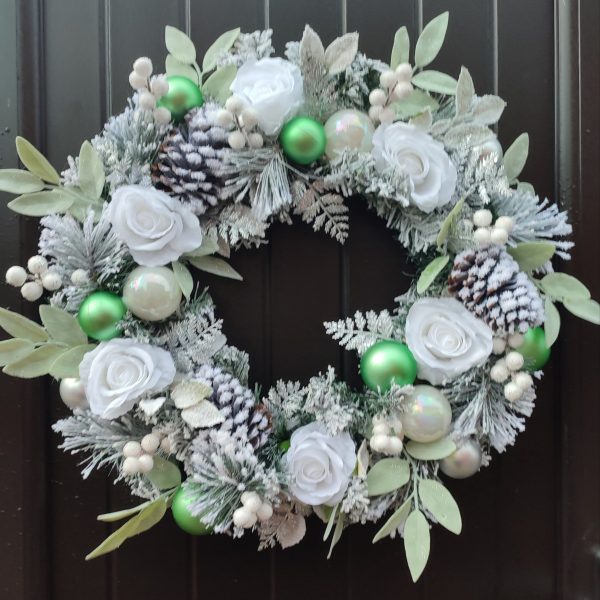Apart from wearing a white wedding gown, Queen Victoria was a pioneer to bring blossom flower crowns into European style. She wore orange blossom halo in her wedding to Prince Albert in 1840. So yes flower crowns have been around a very long time.
Nowadays, flower crowns are considered stylish and trendy, especially for fans of hippy boho-style fashion and festival goers. Through time, flowers evolved as a woven embellishment on traditional dresses in diverse cultures across the world and became a sign harking back to a simple, ‘country’ life.
Since ancient times, a horseshoe or circular shape crown has been a symbol of power, eternity and glory with crowns made from wool and ivy leaves.
In Ancient Greece, flower crowns were a popular accessory worn on special occasions to honor the gods. Later, laurel leaf crowns became more common and were used to award army soldiers to honor their achievements.
When Greece started to host Olympics, the winners of athletic competitions got olive wreaths as an award.
Ancient Rome maintained the idea of the crown as a reward for a victory. Leaders and military personnel wore crowns made of oak, laurel, or myrtle. The grass crown was the greatest military honour possible.
Much like today, floral wreaths were worn on celebrations and festivals, especially at events like feasts and sacrifices to Gods.
Weddings, Fashion and Flower Crowns
Flower crowns have now become an essential part of many brides outfits for the big day. Kate Moss, Ashley Tisdale, Carrie Symonds and even Audrey Hepburn are just a handful of famous faces that have worn wedding flower crowns on their wedding day.
Did you know that women in China often wear orange blossom flower halo during a wedding? Orange trees bloom and produce fruit at the same time. Therefore, in Chinese culture it symbolises fertility.
Flower crowns are also an integral part of Ukrainian traditional folk and dress. Young unmarried girls plucked fresh flowers and made traditional crowns for themselves, signifying that they were of marriageable age. People believed that that wreath helped them find their beloved one. It also protected them from bad spirits and evil forces. Today these traditional accessory is often seen on special occasions and festivals.
In Russia, girls wore flower crowns for fortune telling. They would float those wreaths down the river to envision their relationships by interpreting the flow of the water.
Floral garlands and wreaths are used as dressy attire and gifts representing respect to someone in Polynesia. Worn by both men and women around the neck or head, the wreath is made of vines, flowers, leaves and plant fiber.
Indigenous Americans also used wreaths in their culture wearing floral garlands during sacred ceremonies, dances, rituals, and songs. Willow, sage or cottonwood were the main ingredients of their head wreath.
Flower Power
In modern times, especially as the 1960s, flower crowns are associated with hippie culture and flower power. Since it became a fashion accessory, it symbolised peace and love. And even though hippie style was a subculture of the time, it influenced mainstream fashion and brought flower crowns back in style.
